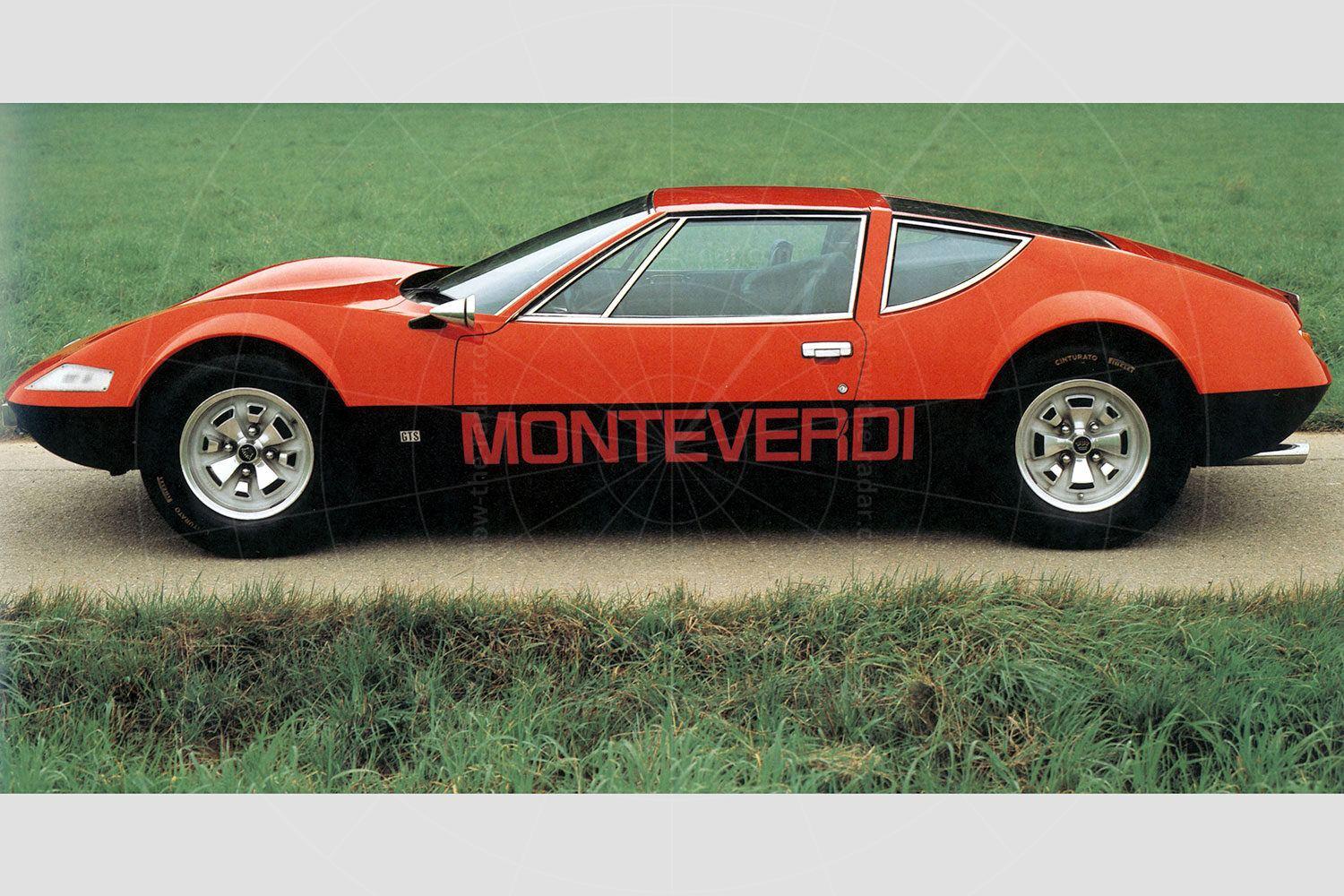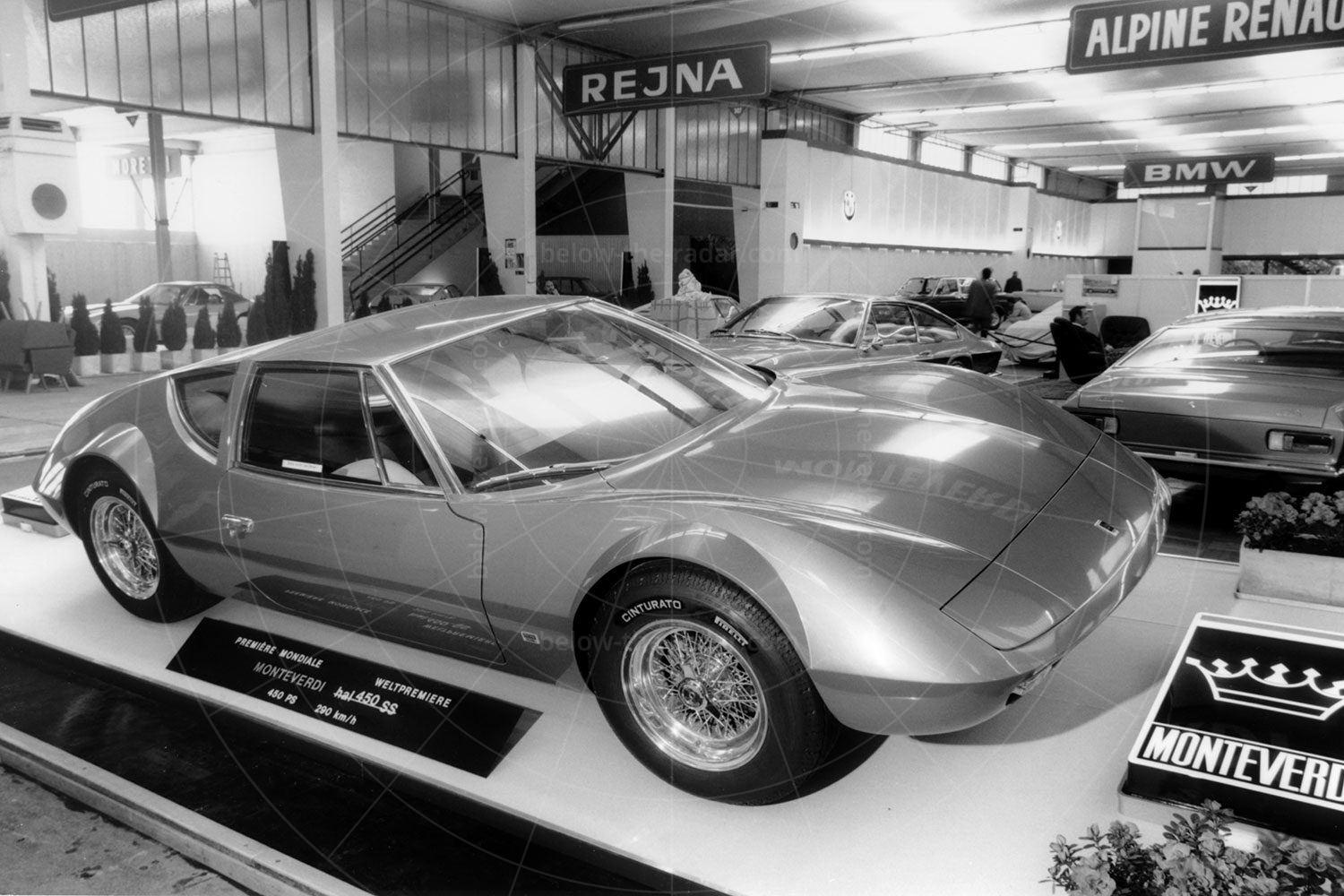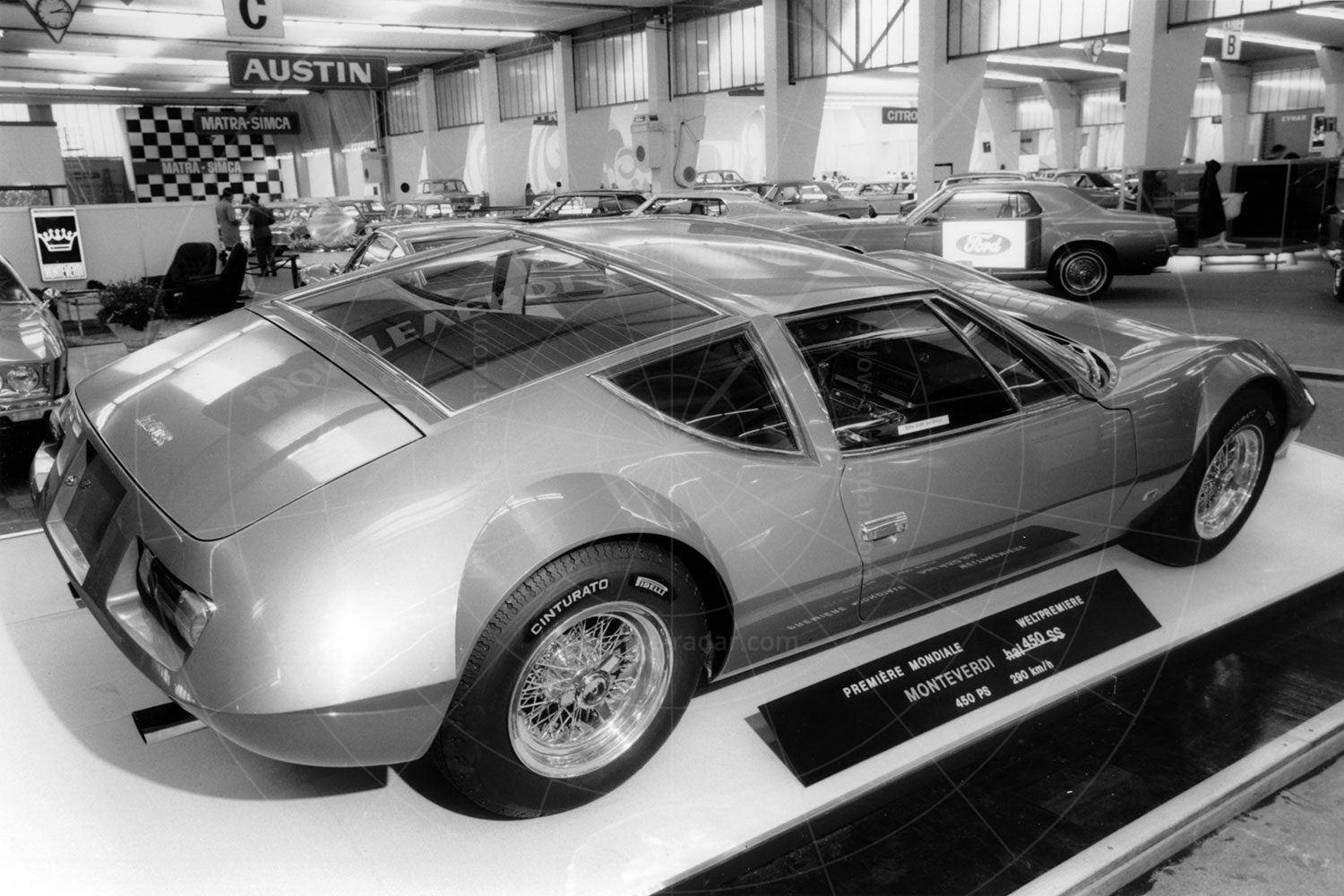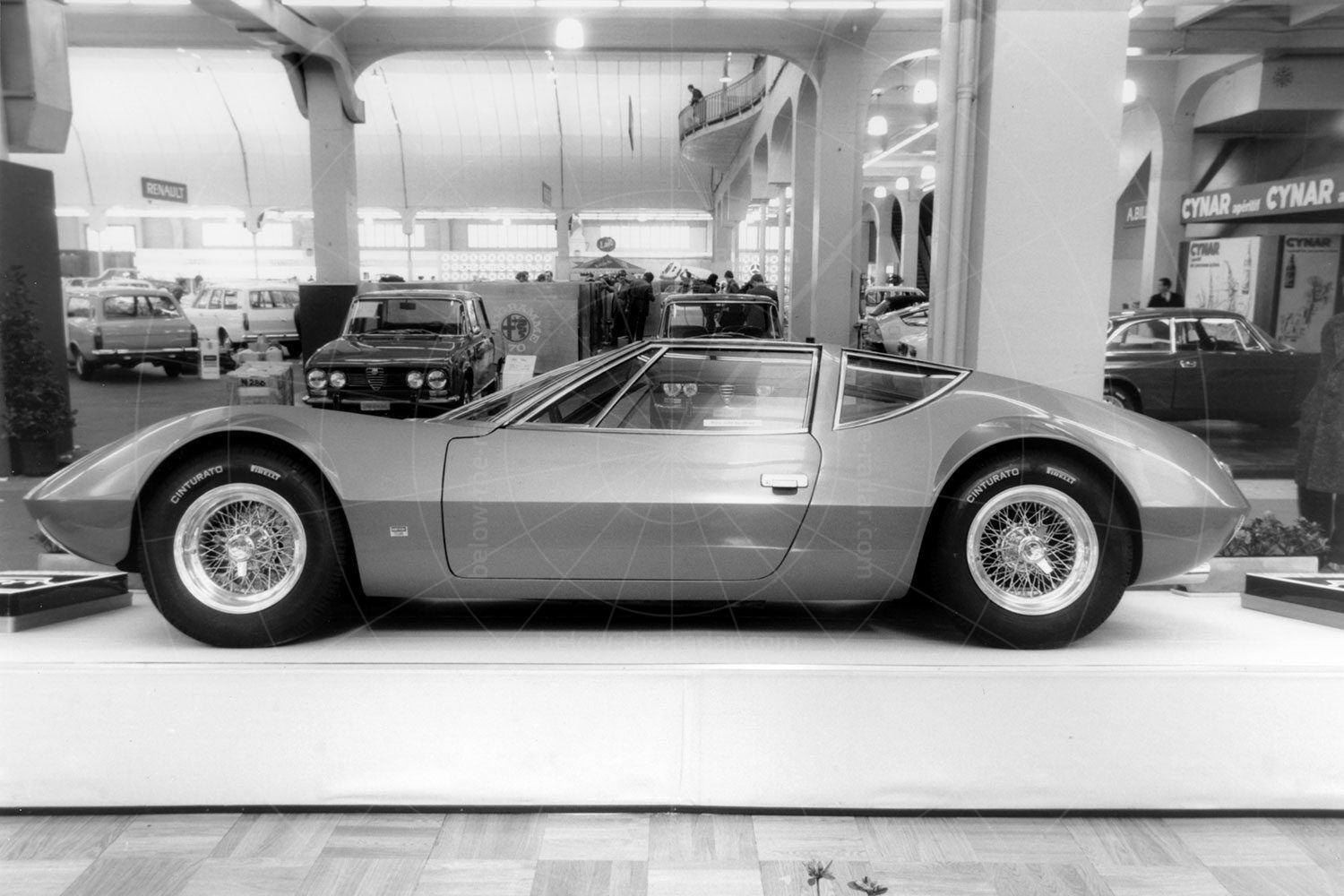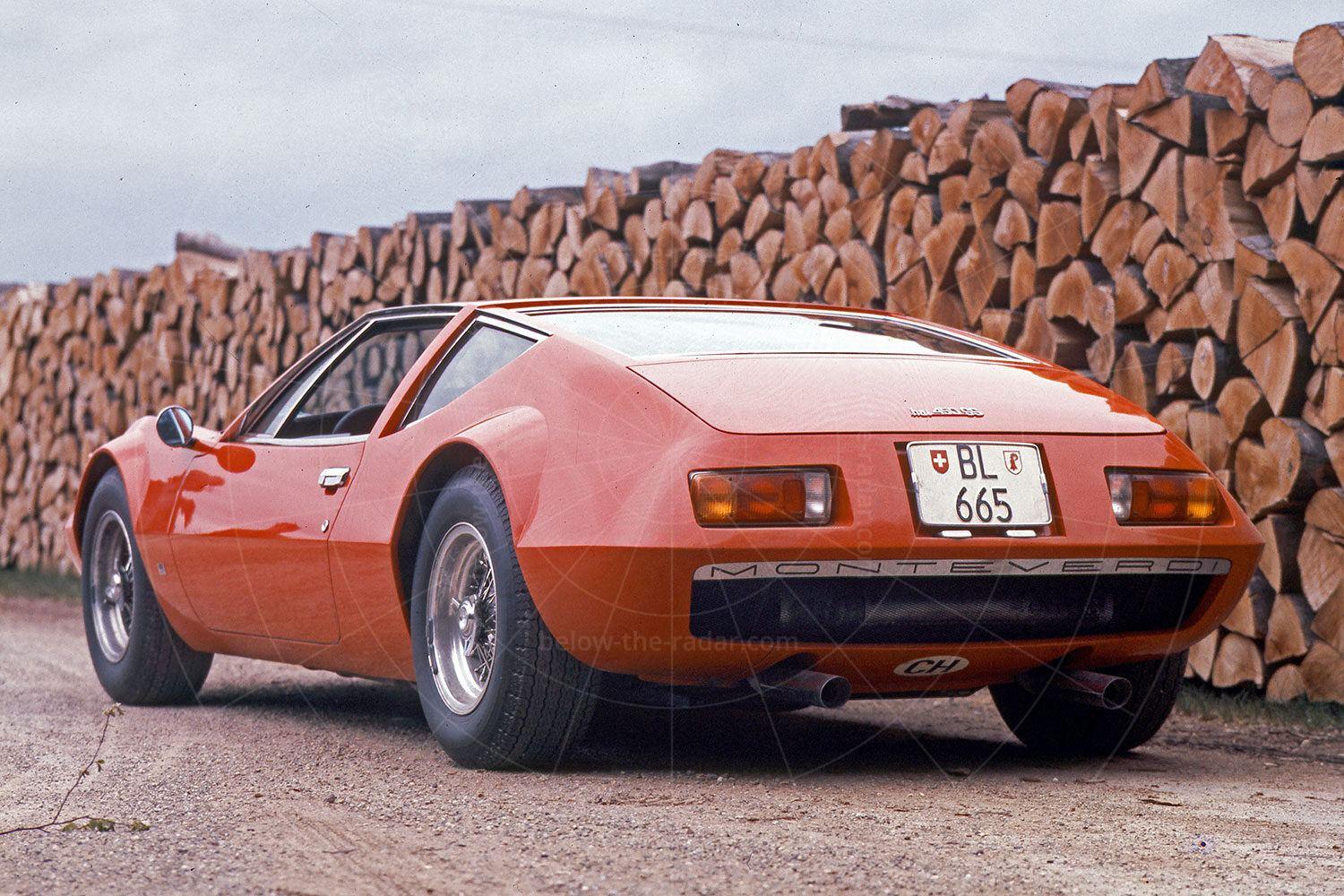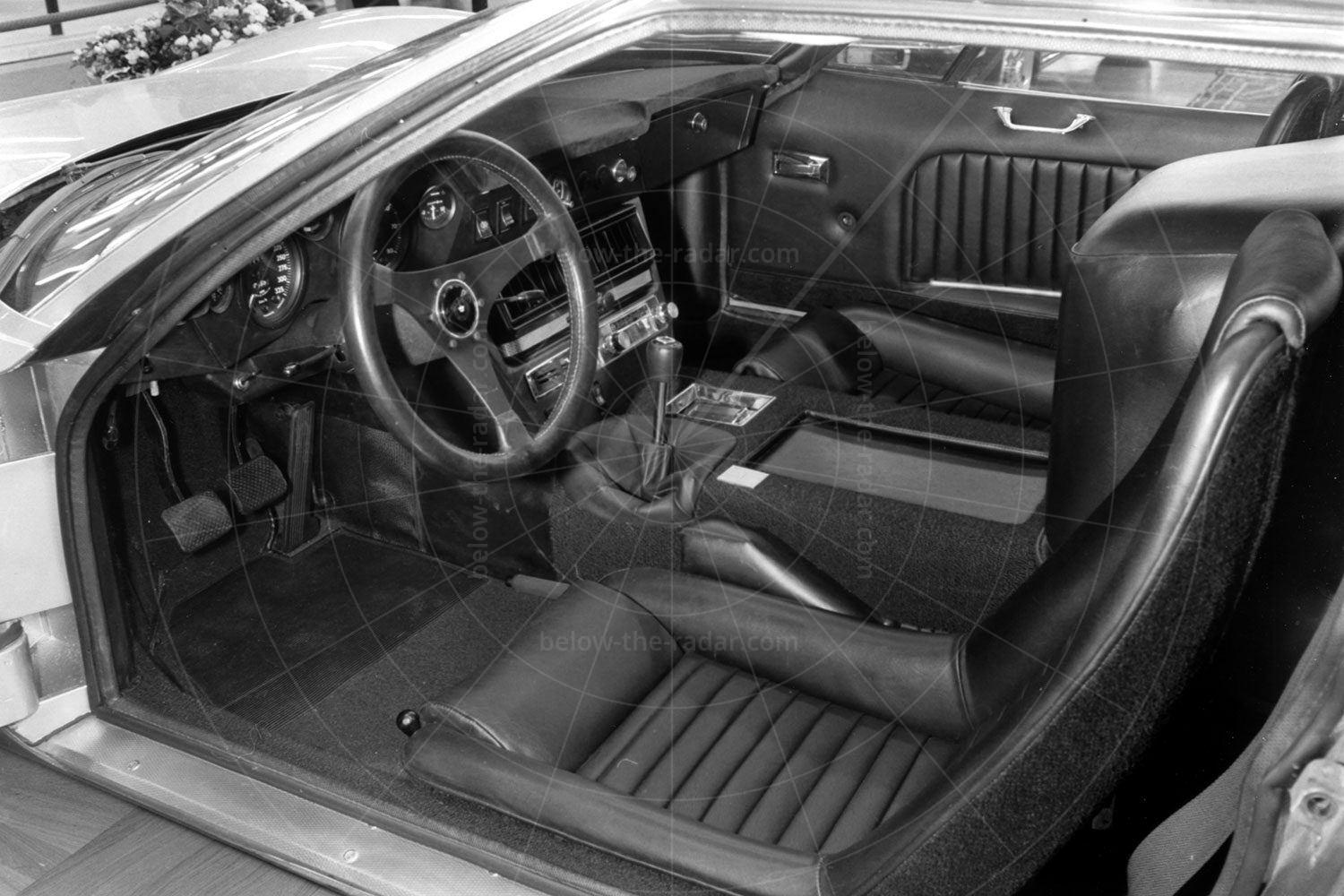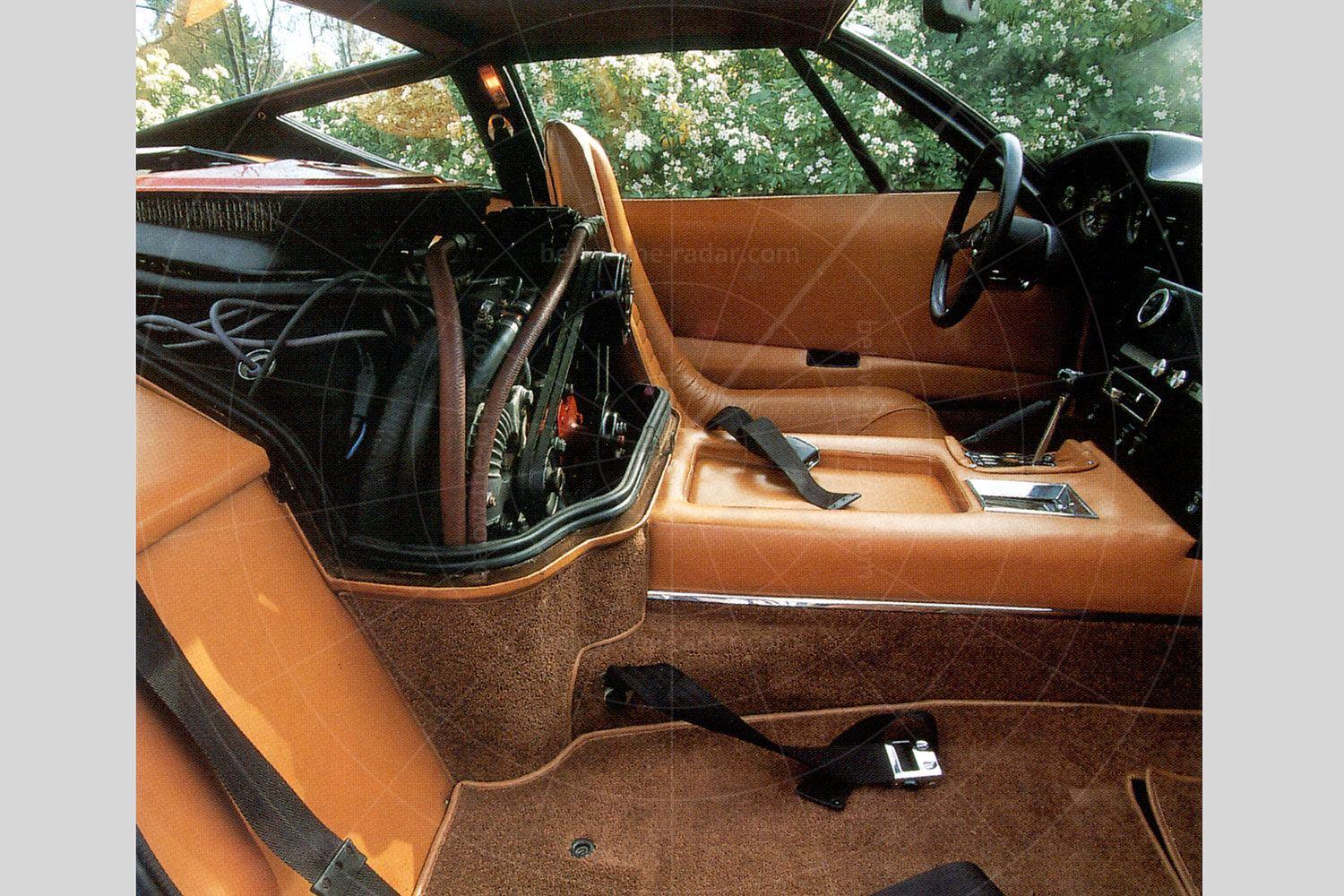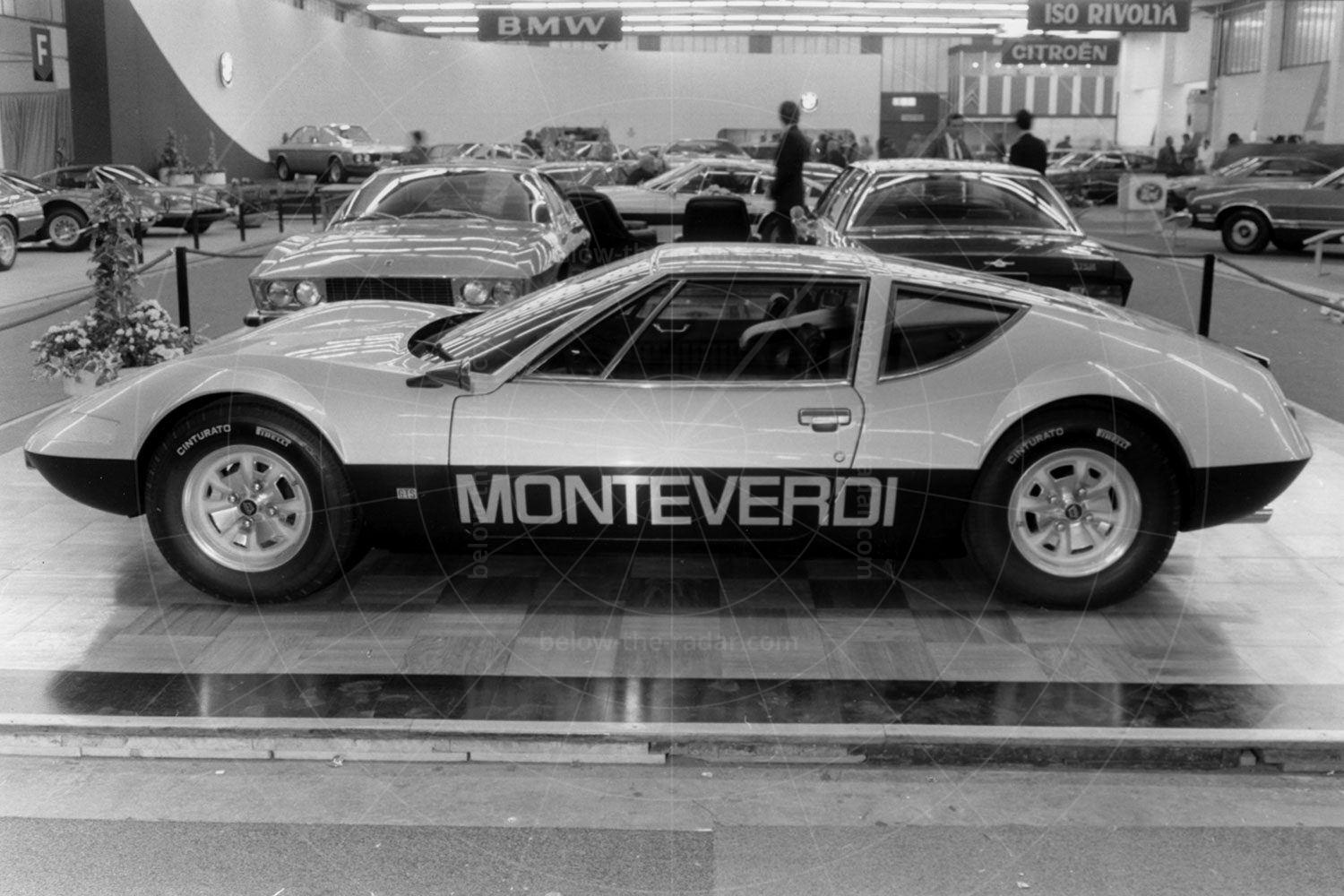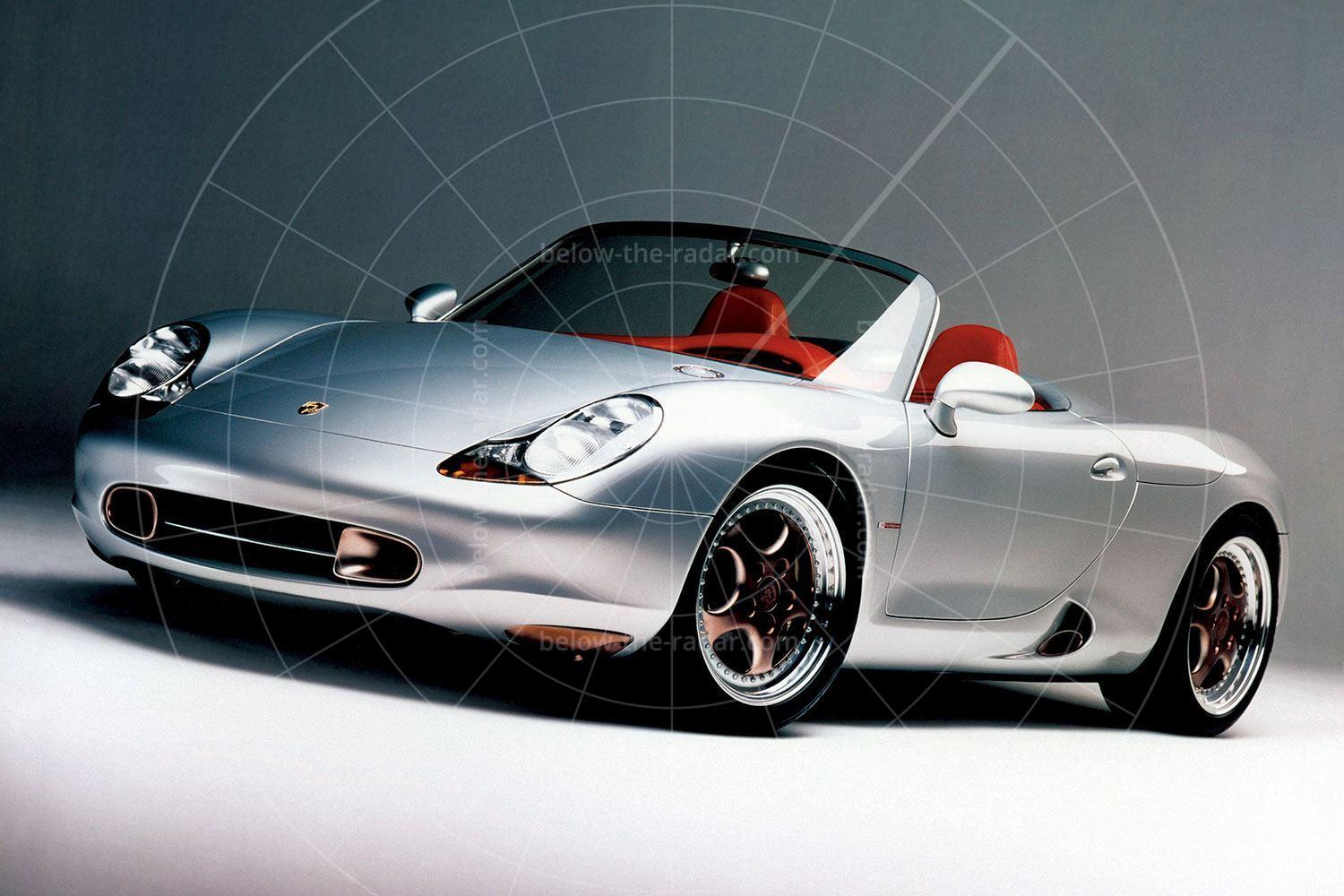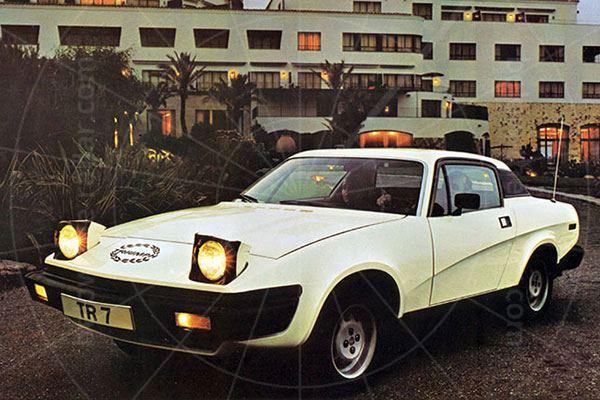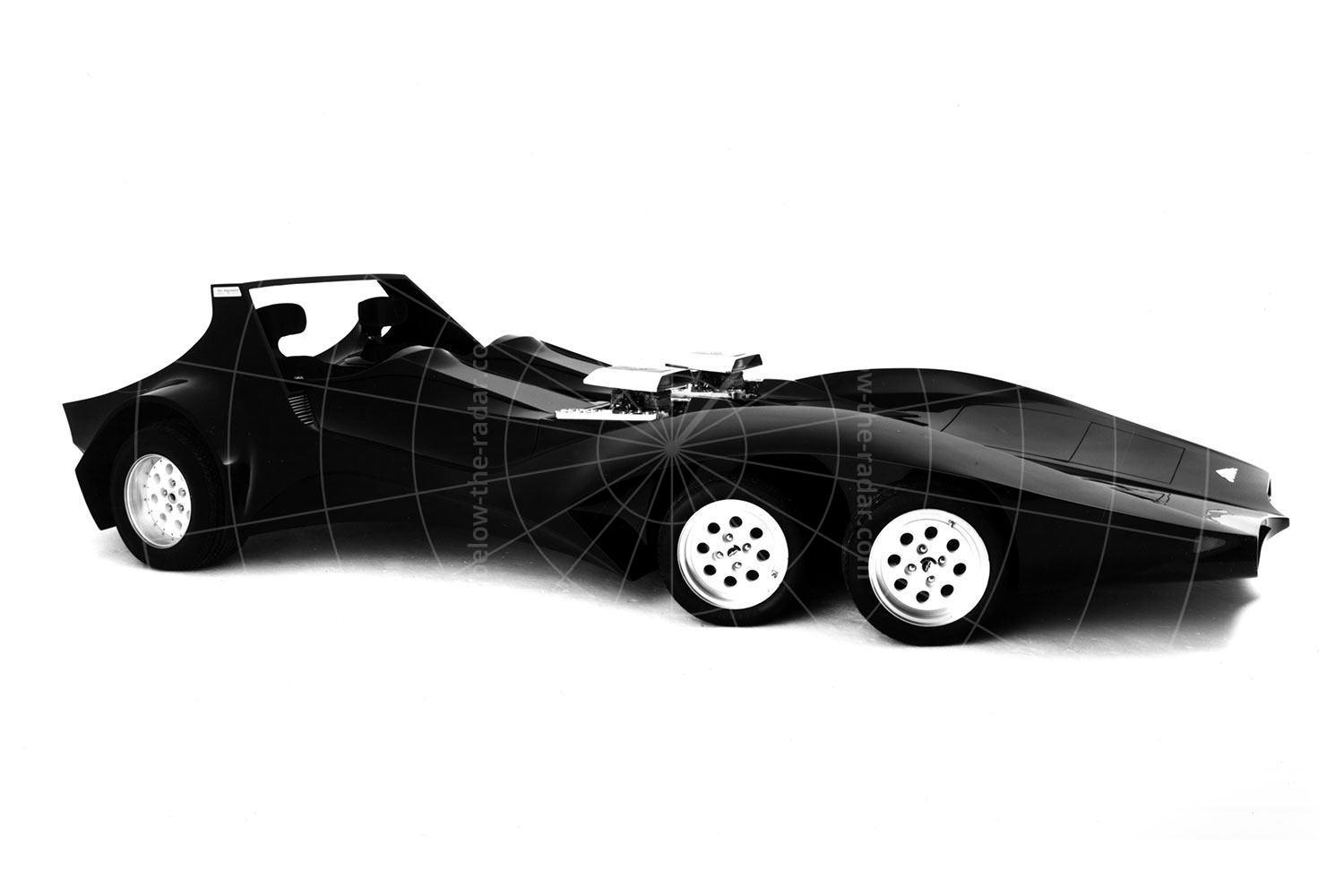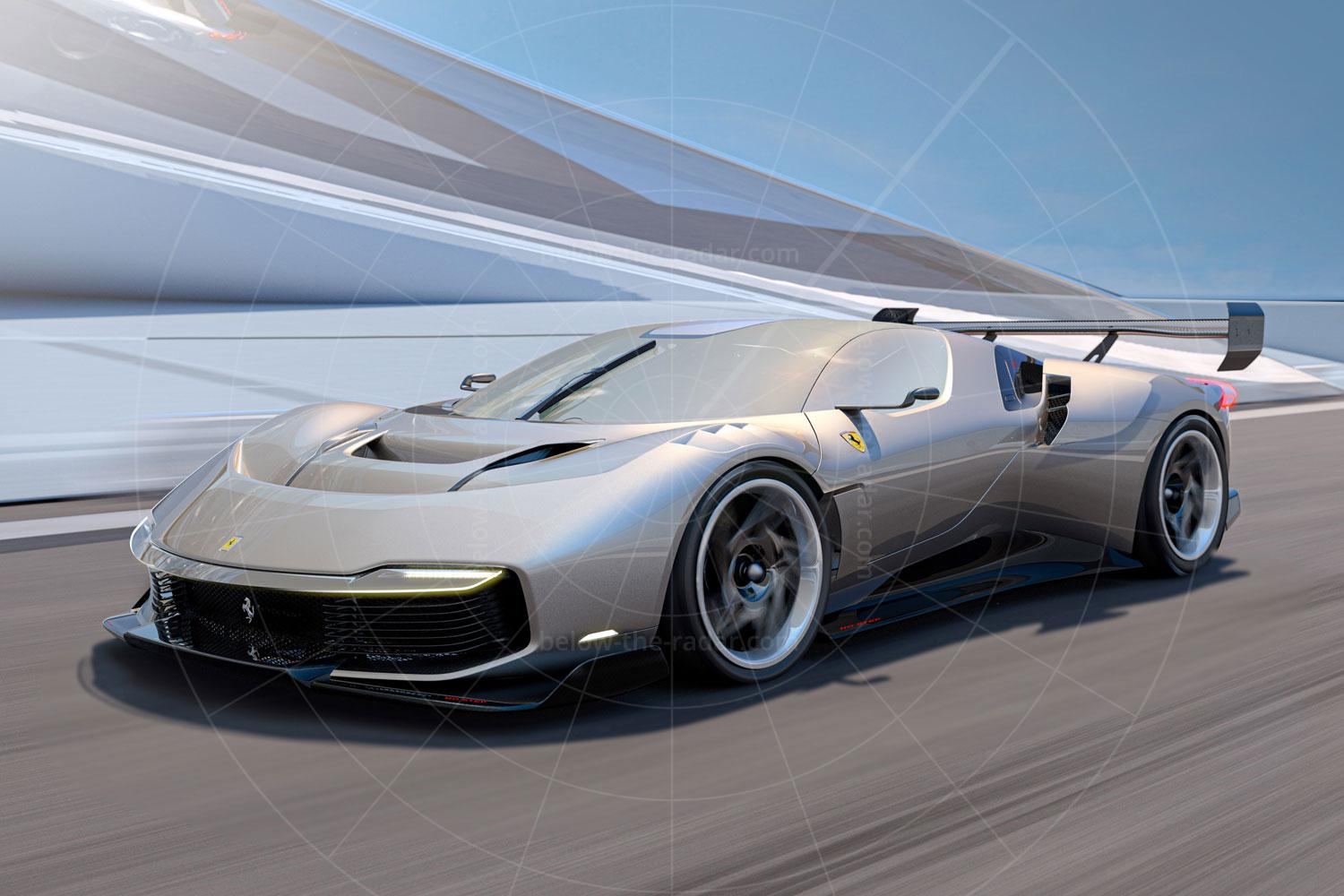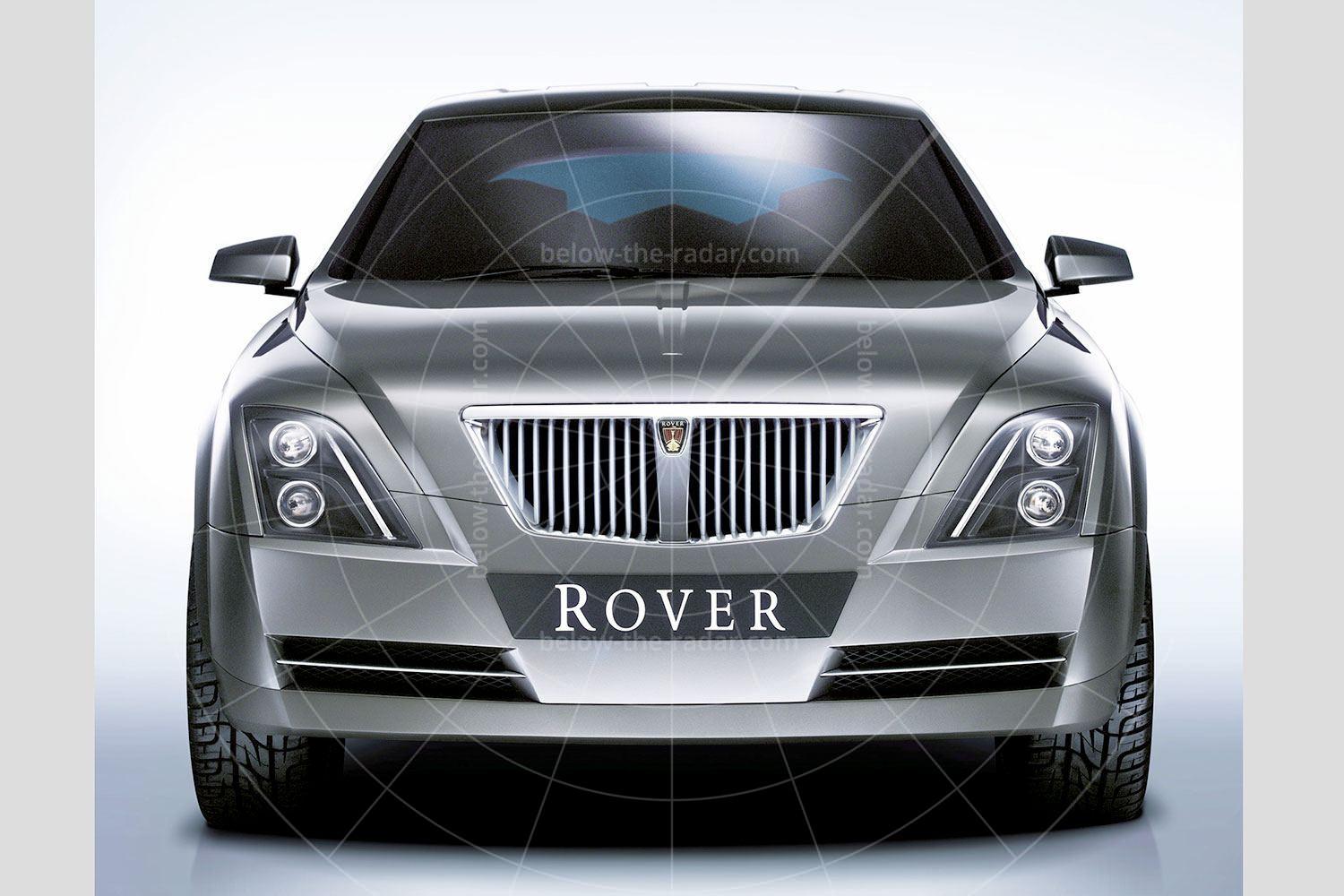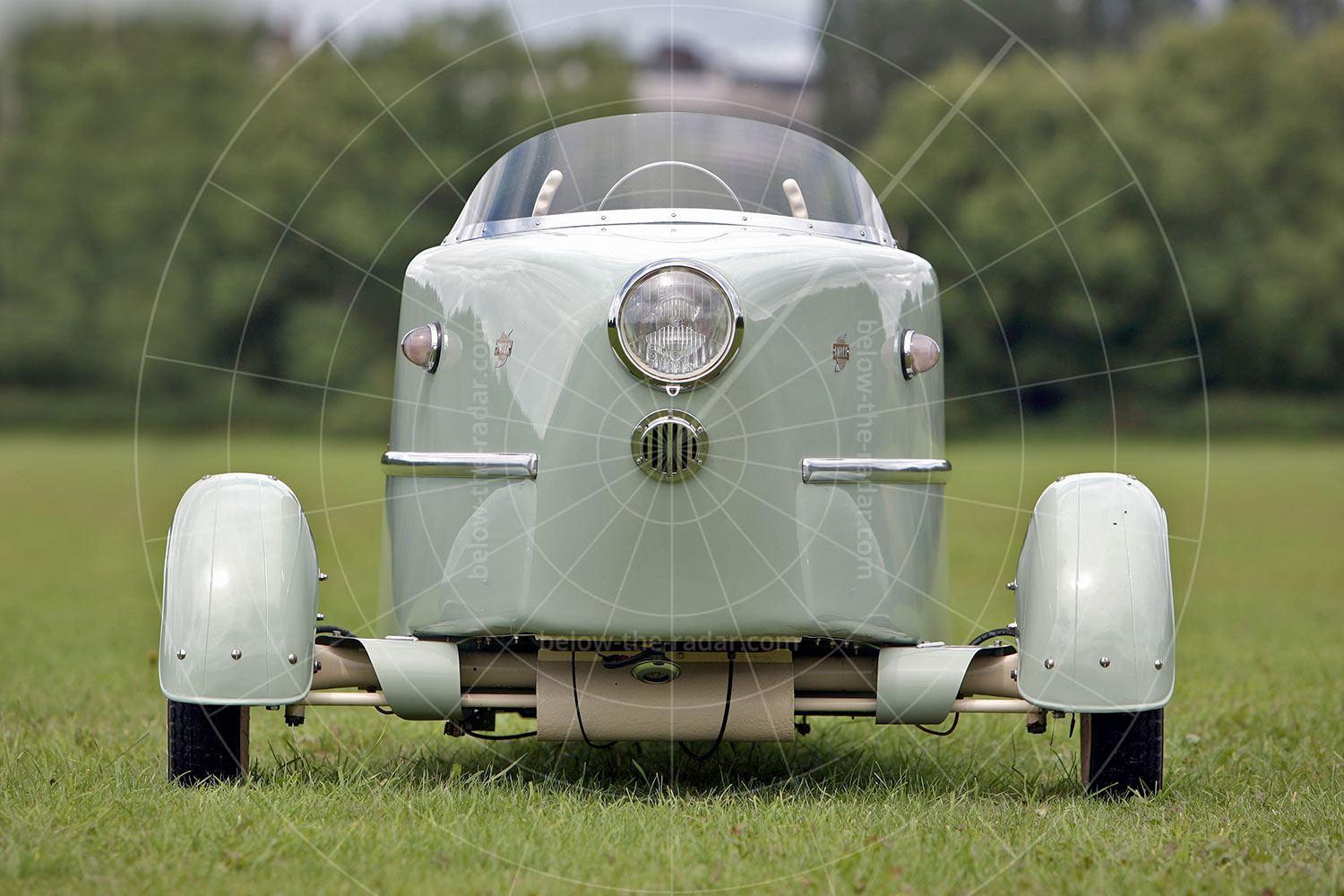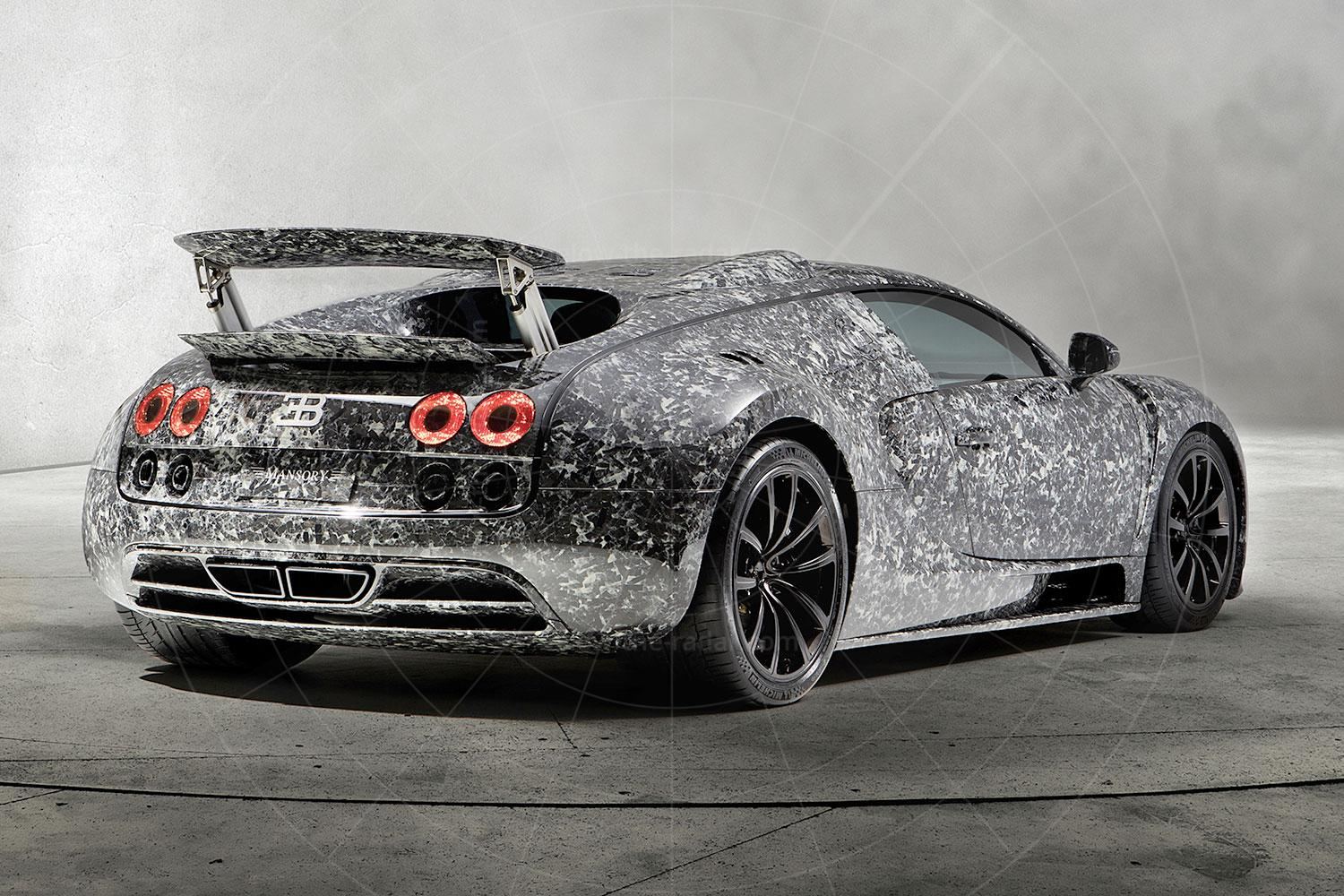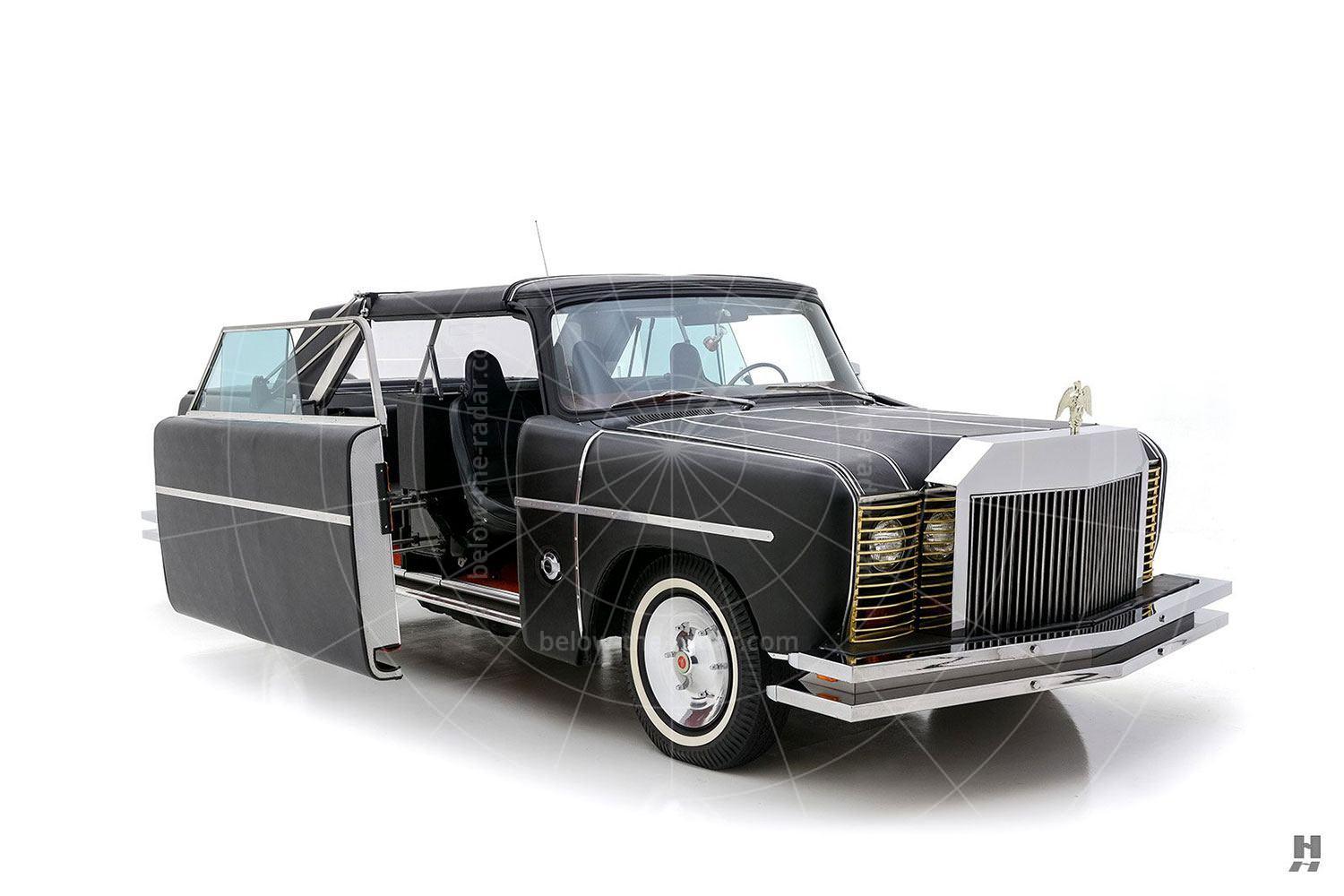If you like your production cars on the exclusive side, the Monteverdi Hai is the one for you. Just two examples were built and while the company claimed it could have sold far more, the aim was to keep the car exclusive while also ensuring maximum publicity through it. This was the car that was meant to put Monteverdi in the spotlight. It didn't.
Peter Monteverdi was born in 1934, and he was hooked on cars before he could even drive. His father ran a garage, and by the time Monteverdi was 17 he’d already built his first car, using the remains of an old Fiat. When his father died in 1956 the family repair business passed to him, and in time it became more of a tuning outfit. He then started to race cars, notably Ferraris and Alfa Romeos, which in turn led to him becoming the Swiss Ferrari importer. But as with Ferruccio Lamborghini, Monteverdi fell out with Ferrari and vowed to produce his own supercar as a retort.
Monteverdi had driven most of the contemporary supercars and knew what it took to produce something competitive. His first car was the 400SS, which used Chrysler’s 440 V8 engine, but he was also keen to try the new mid-engined layout that Lamborghini had pioneered with its Miura. By early 1969 Monteverdi had formulated a plan for his mid-engined exotic beast, and he also came up with a name for it. It would be called ‘Hai’ which is the German word for shark.
The new car’s chassis was built for exceptional rigidity rather than minimum weight, and the result was a frame constructed of heavy-gauge rectangular steel tubes. The suspension was much the same as that of the earlier Monteverdi cars, which meant that at the front there were double wisgbones, coil springs over Koni adjustable dampers and an adjustable anti-roll bar. At the back was a de Dion tube, Watts linkage and upper/lower trailing arms along with coil springs and Koni shock absorbers. To balance out the weight distribution, the fuel tank was located ahead of the windscreen, while the major mechanical elements were behind the driver and passenger.
The Hai would be sold as a premium GT, which meant it had to be fitted with the best technology available. To that end there were huge disc brakes at each corner, with servo assistance. The rear brakes were mounted in-board, to reduce unsprung weight.
For this new car Monteverdi asked Chrysler for its most powerful engine, the 426 Hemi. With a displacement of 6980cc and when equipped with a pair of four-barrel Carter carburettors, there was a hefty 450bhp on tap, along with 490lb ft of torque. Getting this power to the 15-inch Borrani wire wheels was a five-speed ZF transaxle, and the result of all this power was a claimed 0-60mph time of just 4.8 seconds. This was never independently verified, but the car was driven to 175mph by a Swiss motoring magazine; the factory claimed it would do 180mph.
A suitably spectacular design needed to be drawn up for the bodyshell, and when you look at the pictures you can see the goal was achieved. Both Trevor Fiore and Peter Monteverdi claim the credit for the Hai’s looks; the reality is that it was probably a collaboration between the two, with Fiore almost certainly doing the lion's share of the work.
The Hai made its debut at the 1970 Geneva motor show, in 450SS form, to denote the claimed 450bhp on tap with the SS being short for Super Sports. Three years later there would be a sequel, the 450GTS which was unwrapped at the 1973 Geneva Salon with a 7.2-litre Chrysler V8. And that was it – the entire production run of Monteverdi Hais, although Peter Monteverdi claimed that between 12 and 14 of them were built. A replica 450GTS was built in 1990 but it was always classed as that; a homage to the original rather than being a production car.
Monteverdi attempted to make a comeback in 1992, with the Hai 650. Based on his stillborn 1991 Formula 1 car, the Hai 650 was powered by a 650bhp Ford F1 engine. With an all-in weight of just 750kg (thanks to a carbonfibre bodyshell), the car was reputedly good for 0-125mph in just eight seconds. A maximum of 12 cars were set to be built, but there were no takers. Peter Monteverdi died in 1998.
| Vital statistics | |
|---|---|
| Produced | 1970-1990 |
| Number built | 3 |
| Engine | Mid-mounted, 6980cc, V8 |
| Transmission | 5-speed manual, rear-wheel drive |
| Power | 450bhp at 5000rpm |
| Torque | 491lb ft at 4000rpm |
| Top speed | 180mph |
| 0-60mph | 4.8 seconds |

